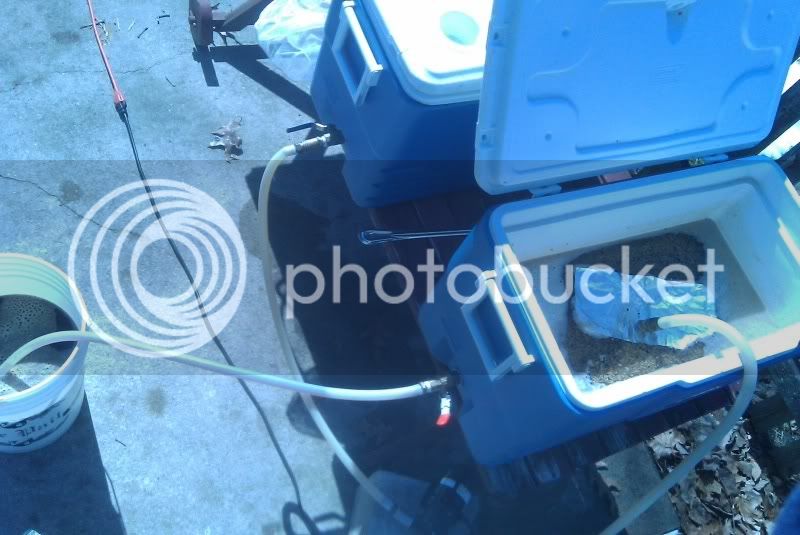williamgardner
Active Member
Ok, really want to try this but really new to the All Grain thing. Lets see if I got it right:
- Mash In
-Mash Out
Vorlauf, Slowly drain (1qt per minute, roughly)
When grain bed has 2-3 inches of water on top, start your sparge
When you get desired preboil level, stop
So no draining off the cooler after mash out and then sparging
Sorry if this is wrong but hats why Im asking....thanks in advance for your help...
- Mash In
-Mash Out
Vorlauf, Slowly drain (1qt per minute, roughly)
When grain bed has 2-3 inches of water on top, start your sparge
When you get desired preboil level, stop
So no draining off the cooler after mash out and then sparging
Sorry if this is wrong but hats why Im asking....thanks in advance for your help...

























![Craft A Brew - Safale BE-256 Yeast - Fermentis - Belgian Ale Dry Yeast - For Belgian & Strong Ales - Ingredients for Home Brewing - Beer Making Supplies - [3 Pack]](https://m.media-amazon.com/images/I/51bcKEwQmWL._SL500_.jpg)

































